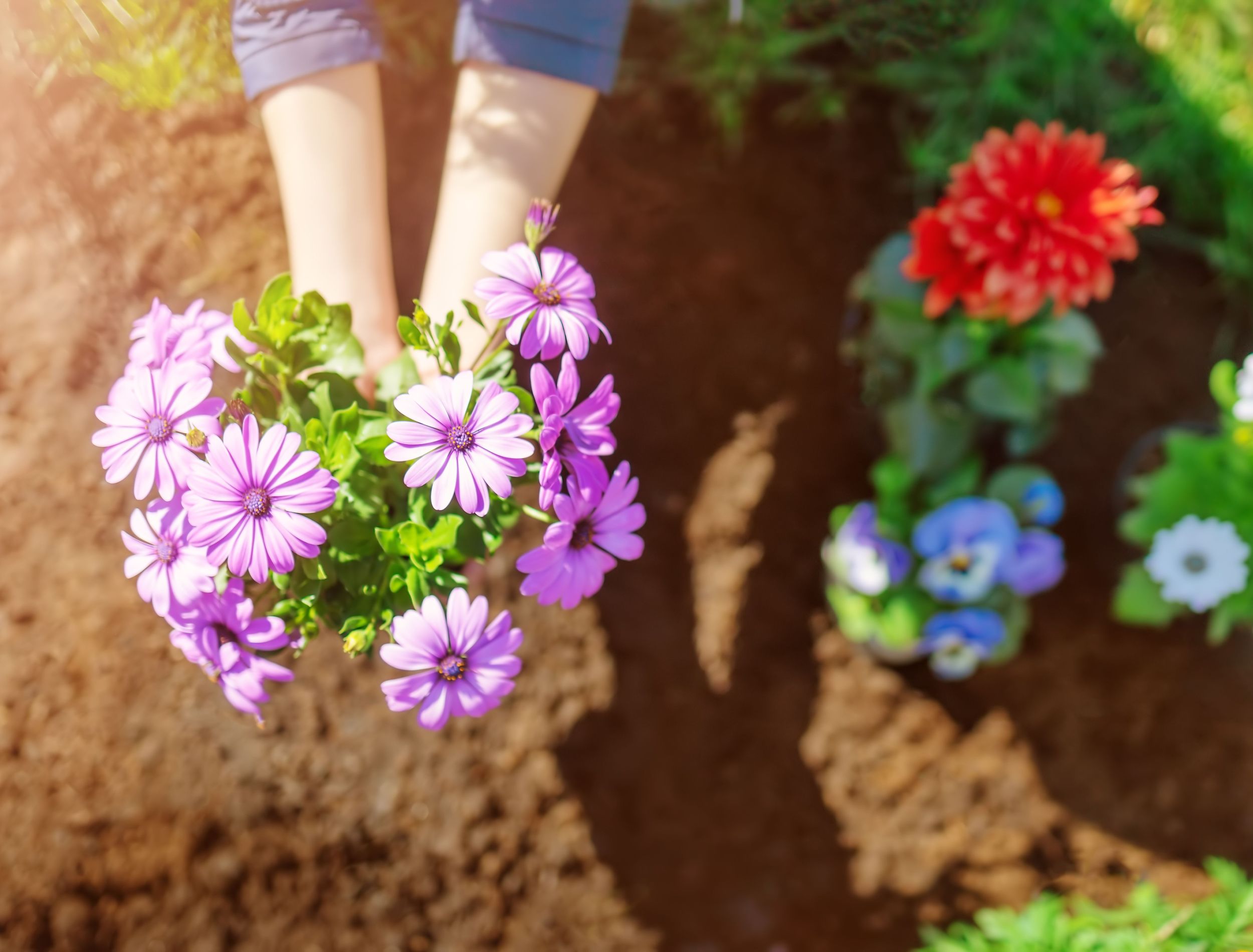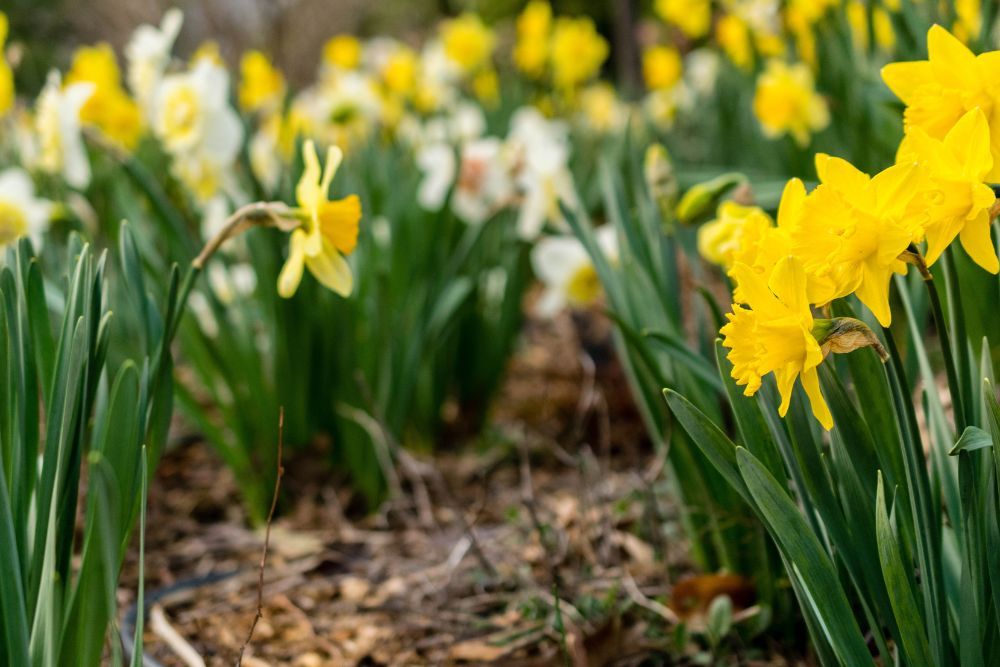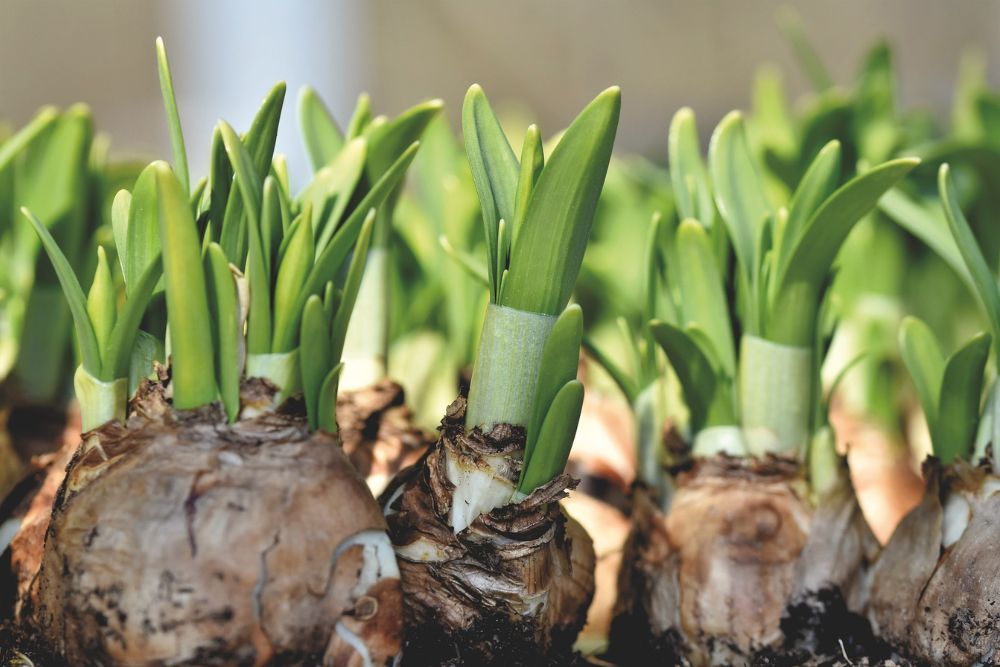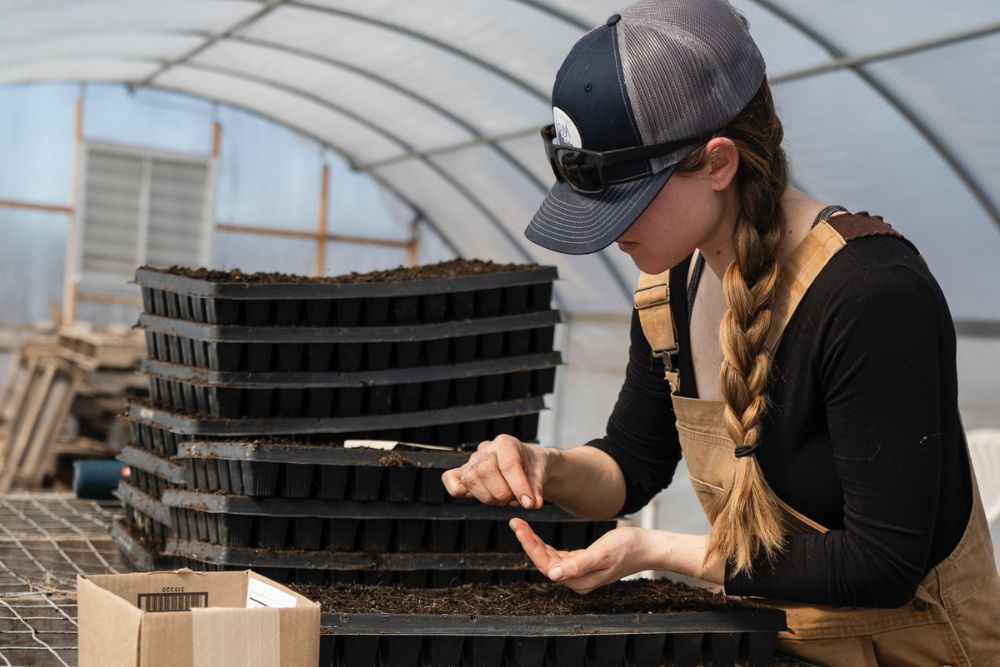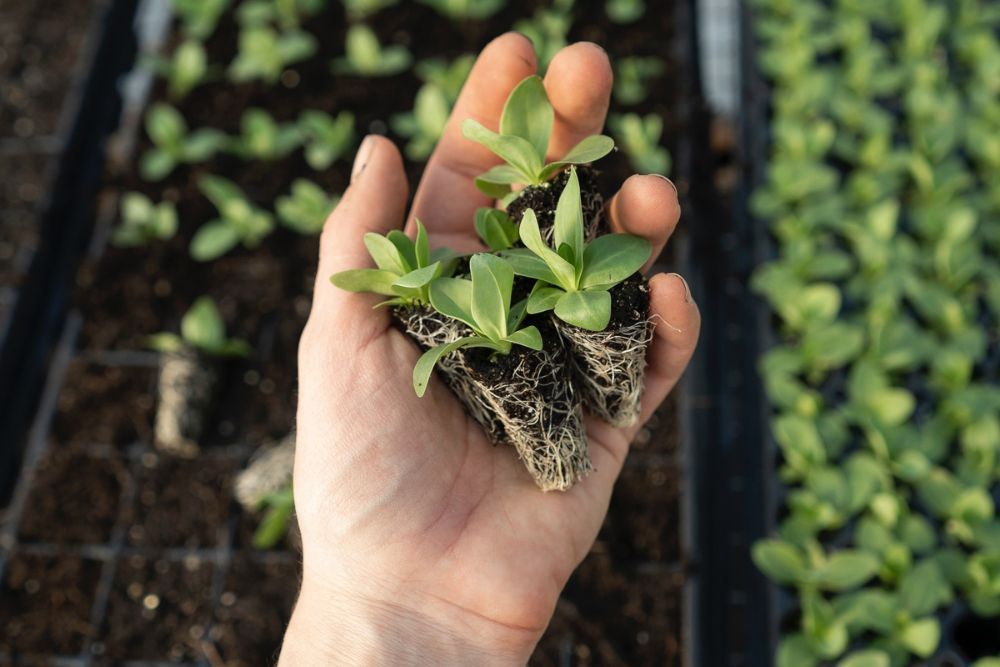A spring flower garden is a bright and inspiring way to uplift your outdoor space. Planning your garden is an excellent way to ensure it is vibrant when spring arrives. But with so many spring-blooming flowers, each with unique planting requirements, is there a best time to start planting? If so, when is it?
It is possible to effectively plan a spring garden by following a few gardening guidelines. With these tips at your side, you can easily prep for a vibrant spring flower garden.
When Should You Start Plant Flowers for Spring?
For an enchanting spring flower garden, it is essential to plant your flowers at the right time. Planting time is key because it gives your flowers the right amount of growing time and the best temperatures to encourage healthy blooms. Learn more about when you should start planting your spring flowers for the best results.
Plant Spring Bulbs in Autumn
Image credits: Hilary Halliwell via Pexels
Certain flowers need extra planning if you want to see their blooms in spring. Flowers with hardy bulbs, like daffodils, tulips, and crocuses, need to spend winter outdoors in the ground before they bloom in spring. Winter's freezing temperatures help wake these flowers up from dormancy and encourage spring blooms.
Generally, you can plant hardy bulbs in October or November or when autumn soil temperatures consistently stay below 60 degrees Fahrenheit. An autumn planting also gives your flowers 12 to 16 weeks of cool temperatures that will spur blooms in spring.
Pro Tip: Plant daffodils or Narcissus in zones 4 to 8 for flowers in March and April, tulips or Tulipa in zones 3 to 8 for blooms in April and May, and Dutch crocus or Crocus vernus in zones 3 to 8 for April blooms.
Refrigerate Spring Bulbs to Mimic Winter
Image credits: Ralphs Fotos via Pixabay
To plant bulbs on time for spring, you can mimic winter in areas where soil temperatures don't reach 60 degrees Fahrenheit early enough. Planting spring bulbs with enough time is key to healthy flowers. Without a 12 to 16-week cooling period, hardy bulbs will produce short, stunted stems and flowers near the soil surface.
To give your bulbs the illusion of winter, refrigerate them until the soil is 60 degrees Fahrenheit, and you can put them in the ground. Simply place the package of bulbs right in the fridge. Choose packaging with air holes or ventilation, and keep your bulbs away from any fruit. Fruit creates ethylene gas that can impede spring blooms.
Start Seeds at Least Six Weeks Before the Last Frost
Image credits: Zoe Schaeffer via Unsplash
While bulbs are popular, you can also plant flower gardens from seed! When starting flowers from seed, you have two options: annuals or perennials. Annual flowers will die off after one season, and perennial flowers will return the following year.
Start seeds indoors at least six weeks before the last frost date in your area. Sow annual seeds for cosmos (Cosmos sulphureus), 'New Look' feather celosia (Celosia argentea 'New Look'), and marigolds (Calendula officinalis) six to eight weeks before the last frost. After six to eight weeks, you can plant them outside for blooms in May and June.
Remember, six weeks is a minimum. You need to start many perennials even earlier. Some perennial seeds need eight to ten weeks before the last frost. This provides time for plants like coneflowers (Echinacea purpurea), Eastern bee balm (Monarda bradburiana), and anise hyssop (Agastache foeniculum) to grow strong enough to produce late spring blooms from May to early June.
Note: Always check your seed package for specific instructions; some annuals and perennials may need more or less time to grow indoors before you can transplant them outside.
Transplant on or After the Last Frost
Image credits: Zoe Schaeffer via Unsplash
If you start annual or perennial seeds inside, you will eventually need to move them outdoors to your spring flower garden! Generally, you can begin moving your transplants outdoors on or after the last frost of spring. For instance, you can transplant cosmos, coneflowers, and anise hyssop on or after the last spring frost. The exact day will depend on your area and may change each year.
Remember that while you can move some spring flowers outdoors right after the last frost, this is a general guideline. Other varieties may need warmer temperatures before transplanting, so always check the seed packet for tips.
Direct sowing -- planting seeds directly into the ground -- can be a good alternative to transplanting. You can direct sow cosmos and marigolds just before the last spring frost. Remember that some plants, such as 'New Look' feather celosia, grow better when you sow seeds after the final frost. Other seeds, like coneflowers, need to be planted much earlier -- in the autumn. With so many different guidelines for direct sowing, always research your particular flower before planting.
Pro Tip: Harden off your plants before transplanting them into your garden. To begin, take your plants outside for one or two hours. Then, gradually increase the length of time they are outside for a week or two before you plant them. This will help them to better acclimate to living outdoors in your garden.
Plant Your Spring Flower Garden on Time
Spring flowers are simply delightful! Whether you plant bulbs in autumn for spring flowers or start seeds indoors, it is crucial to time your garden correctly. Following gardening guidelines for your specific flowers will help to ensure the blooms are healthy and vibrant!
When do you start planting your flowers for spring? Share your gardening expertise in the comments below and help fellow green thumbs cultivate an enchanting flower garden this spring!

